To say Chet Faker’s Built On Glass tour has been quite lengthy would be the understatement of the year. After more than 200 shows since it was released last year, Nick Murphy is sending his début album off in style with four massive outdoor East Coast shows – and where better for the born and bred Melburnian to start than Sidney Myer Music Bowl.
Through four support act bands and DJ sets, watching the sun set over the Melbourne skyline never fails to be pretty special – and the magic didn’t stop once the (newly un-bearded) crooner strolled onto the stage. What followed was an near two-hour chronology of almost everything Chet Faker has created since launching the project more than four years ago.
We tend to view artists sort of isolated in each ‘incarnation’ of themselves, if you will. With Chet Faker, it’s the early EP material, the smoother and more cohesive album period, the EDM-heavy collaborations with Flume and now the new Faker era – which appears to be heading in a funk-driven direction; a very good thing by all accounts. These shows, as well as culminating his run up to fame, showcase pretty perfectly exactly why he’s taken Australia – and the world – by storm. One minute he’s sitting at the piano alone, the next he’s playing bass, DJing or standing solo at the microphone melting thousands of hearts simultaneously – his adaptability and dynamics is what really does keep him at the forefront of the music scene.

It is, though, time to say goodbye to a lot of the material fans have grown to love over the past few years, most notably the cover of ‘No Diggity’ that was unearthed on the internet three years ago and really kicked off Chet Faker’s career. Having to make a speech before performing it to let the audience know it’s going into hibernation, it feels kind of symbolic – the song that brought him to fame has endured through his rise both here and overseas, but now at the top of the Australian music game (seriously, five ARIAs already?!) and quickly ascending across the world, ‘No Diggity’ has certainly done its job and is ready for retirement.
In a weird but altogether very pleasant surprise, one of Chet’s backing vocalists was soul-pop singer Ngaiire. Regretfully she didn’t break free of the BV line and rip out that huge voice during the show, but her and the other backing vocalists (who also support her at her own shows) were tight and brilliantly balanced, with sassy dance moves to match. The band, as well – a rotating set of people based on whatever Chet himself was playing at the time – really brought an extra dimension out of the music in such a big live setting.

We do, however, need to talk about encores. They’re just not fun anymore. I don’t think there was anyone in the whole of the Bowl who genuinely believed the show was over without hearing Hottest 100 winner ‘Talk Is Cheap’ or ‘To Me’, one of Built On Glass’s most underrated and beautiful tracks. Can’t we just see a whole set that finishes when it finishes? Someone needs to appoint the vehemently anti-encore Laura Marling as the head of an anti-encore campaign, or something. Too far? Well, you get the point. They’re old and tired, and just ruin how well sets like Chet Faker’s flow.
It’s probably fair to say that the impetus behind the show was the closure of one era and the start of the next for one of Australia’s current biggest indie exports. Right in the middle of the set came the new Marcus Marr collaboration track ‘The Trouble With Us’, complete with Mr. Marr in tow. It was, quite frankly, electric – the connection between the two artists is palpable and the idiosyncracies that make Chet’s voice so vibrant and enjoyable to listen to have perhaps never been more evident.

A strong and hugely diverse show, it’s a testament to his consistency as a musician that the Melbourne boy can push the boundaries of ‘his’ genre and not only keep making world-class music, but retain that mammoth fanbase. No matter what comes next for Nick Murphy, it’s certainly going to be good.

































